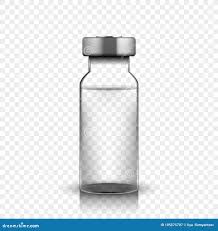
5% RU-58841
RU-58841 is a non-steroidal anti-androgen developed for topical use, known for its ability to inhibit androgen receptors in hair follicles.
Half-life
Around 5 hours (topical)
Delivery
Topical
Suggested dosage
Not specified
Usage
Mechanism of action
Benefits (3)
- Reduces hair loss
- Blocks DHT at receptor level
- Topical application minimizes systemic effects
Side effects (3)
- Mild skin irritation
- Dryness or redness
- Rare hormonal imbalance (if absorbed systemically)

